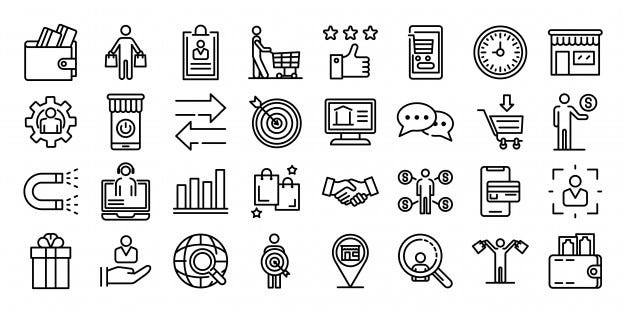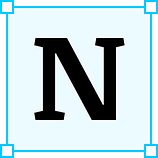Member-only story
Label Your Icons
No, we can’t read your mind. Please label your icons.

 Not labeling your icons is the same as assuming that we are all fluent in ancient hieroglyphics. Are you? Can you just walk up to Cleopatra's needle and read it like you could read a children's book? Even emojis, our modern hieroglyphics don't mean the same thing to each person. If I send you an eggplant am I talking about my garden or something else? How about a goat? Am I talking about my trip to the farm or an athlete that I feel is the “greatest of all time?” How about a snake? or fire? But a smiley face is a smiley face, right? I urge you to overthink and debate that.
Not labeling your icons is the same as assuming that we are all fluent in ancient hieroglyphics. Are you? Can you just walk up to Cleopatra's needle and read it like you could read a children's book? Even emojis, our modern hieroglyphics don't mean the same thing to each person. If I send you an eggplant am I talking about my garden or something else? How about a goat? Am I talking about my trip to the farm or an athlete that I feel is the “greatest of all time?” How about a snake? or fire? But a smiley face is a smiley face, right? I urge you to overthink and debate that.
The Struggle Is Real.
As a designer, I feel like we are all victims to the struggle of thinking there are conventional icons that everyone knows. But after lots of user testing over the years, I have found that this cannot be further from the truth. There is no convention for icons, there's no set of icons everyone knows. there's no standard. There are no “laws” per se when it comes to what icons anyone can use for anything. Due to this, people can use whatever they want for any meaning. That's right, no one is stopping you! Go make a cat on a horse your home icon!
But that's just the tip of the ice burg when it comes to our icon struggles.
Another issue we run into is, as we design things, we tend to think about our brand when we think about icons. We try to match our brand’s look, giving us creative freedom to make icons that match the brand and look similar to some “commonly used icons.” (Which again, don’t really exist. They are just common to you.) We assume that people can understand that because we took the door off and made the outlines thinner of a house icon we found on google, that people will understand that it means ‘home’ or ‘menu’. But because Icons are not road signs that have standards, there is no real indicator that means that your icon means what you think it does. And there's also a good chance that your design style that matches your brand, has blurred any sort of familiarity a user might have with it, making it hard to understand or figure out.
How about the argument about space? As designers, our jobs revolve around solving problems. The most common one I have come across…






